Couples Drug Rehab Florida Addiction Treatment
Florida Couples Addiction Treatment
When both participants of a set are caring for substance abuse or dependence, it can be testing to acquire assistance. So one person of both more than likely to rehab, the various other companion’s recurring chemical abuse can make it a good deal tougher for the extremely very first pal to avoid relapsing right into chemical abuse after treatment more than. Nonetheless, not obtaining aid can establish great deals of risks for both, such as internet link problems, financial loss, along with additionally the adverse impact on physical and also psychological wellness along with health for both good friends.
However, if both buddies consent to go through recovery at the exact very same time, it can aid them to uncover to recover with each different various other. When pairs most likely to rehab with each countless various other, it can provide the devices to manage their actually very own dependencies– determining everyone’s specific triggers in addition to yearnings, along with similarly finding to surrender regression. It can furthermore utilize assistance in boosting the collaboration, caring for worries such as codependency as well as furthermore allowing, along with developing a new web link dynamic that suffers each companion alone together with each different other in shielding recovery.
Is Your Partner an Addict?
Collaborations where both members of the pair usage drugs are actually regular. The National Abandoned Infants Aid Resource Center states that, in details, ladies that make use of medications or alcohol are more than 2 times as likely as individuals to have a companion that is, in addition, a compound abuser.
The partnership itself can be harmed by this drug abuse, even if the pair is committed to making the partnership task. Based upon information from the American Company for Marital Connection as well as Residence Treatment, indications of trouble for the connection include:
- Drug abuse or alcohol consumption is the only point the partners take pleasure in making with each various other.
- Material usage creates domestic physical violence for one or both companions.
- The partners call for to be drunk or high to demonstrate love or speak about the connection.
- The companions fail to remember common duties, such as household chores or childcare.
These problems establish on top of the undesirable effects that develop for every individual, making complex drug abuse and additionally generally cause raised abuse. When this gets to be way too much, one companion might select to look for treatment.
Key reasons for Couples Therapy
Help, together with understanding, is essential elements to success in dependency healing. Having a person in your side that comprehends you together with your journey makes it simpler to be open along with additionally uncomplicated appropriate to pass genuine in addition to a resilient adjustment in your life. Searching for healing together with your good friend will certainly have a look at along with enhance the bond along with teaching you brand-new functions of by yourself as well as additionally your close friend. Various various other benefits of looking at rehab for pairs include:
- Sex group sessions
- Unique Pairs Therapy
- Education and learning as well as discovering and also additionally finding to pertain to dreadful internet links
- Sex education and learning and also understanding
- Details therapy sessions
Entering into treatment with your companion may also benefit you in fashion ins which stun you. Typically it takes the range in addition to a various point of view to determine when something isn’t outstanding for you along with your journey in advance. While love could run deep, keeping your soberness as a leading issue may suggest choosing to component methods. That does hardly ever disclose somebody requires to be the not enough guy; it simply recommends recognizing that you can not have both along with your future is essential. The lessons you find out in rehabilitation for pairs will certainly assist you to acknowledge what program is suitable for you.
Start your journey of healing together! Addiction Healing Now can help you find the ideal center for you and your partner.
What To Expect While Detoxing
Picking to finally most likely to detox can be hindering. Will it hurt? Will you have the ability to continue to be sober long-term? Is it worth the economic investment to head to a recuperation center? Today, we wish to soothe a few of those concerns by offering you a within consider what it appears like cleaning at a healing center. While the scenarios outlined right below is for a seven-day keep, the actual measurement of your cleansing will certainly vary on the compound you’re addicted to and additionally the dimension of time you have actually been using it. You may just require detoxing for 3 days in a fast cleansing program, or it could inhabit to 10 days for you to obtain constant. Ready? Below’s what you can prepare for.
First Day of Detoxing
When you worry the Florida Couples Rehabilitation facility, you’ll check in addition to exist to your medical professionals, signed up nurses, along with additionally team. This team of professionals will absolutely support you throughout detoxing, along with normally using treatment as well. Among the really first variables, you’ll likely do is consult with your expert. He or she will absolutely inquire about your medicine or alcohol use, mental health, in addition to furthermore residence history to generate a therapy technique that specifies for your scenario. If you’re staying at the rehab center as component of an inpatient medicine therapy program, you’ll reach see your location in addition to furthermore get cleared in. You’ll additionally take a trip to the facility. Similarly if you’re doing an outpatient detoxing program where you’re remaining in your home, you’ll require to understand where whatever is.
Analysis With A Doctor.
Product dependancy of all kinds hurt your body. Your doctor will definitely end up a physical examination, run a few examinations, in addition to ask you a whole lot a whole lot extra worrying your previous usage. As hard as maybe to discuss your reliance, it’s actually essential to be completely real. Your medical professional will certainly be figuring out which medications you may call for throughout your cleansing, in addition to also precise information are important for making use of one of the most reliable prescriptions. She or he will certainly in a comparable way be preparing your meals for the following week to begin changing the nutrients you have actually dropped throughout your reliance.
Starting Detoxing.
Lastly, your cleansing will begin. You may be used some medication, though particular ones will certainly not be suggested till later. At this moment, you’ll either return residence if you remain to be in an outpatient program or continue to obtain gotten used to life in the recovery center.
Day 1-6 of Detoxing.
We will definitely not sugar layer it– detox is severe. You’ll go from day to day questioning if it’ll get better, claiming that promise that the withdrawal indications will certainly ease (they will definitely). In the meantime, here’s precisely just how you’ll likely invest your days.
Healthy consuming.
Your body has really likely been deprived of a variety of vital nutrients for a long time currently, and also consuming well is mosting most likely to be necessary to return to feeling normal. Your medical professional might subscribe particular vitamins to call for to supplement your meals. It may be tough for a long time to consume anything initially. Take in alcohol juices and also lots of water, munch when you can, and also your yearnings will certainly return in time.
Programming.
When you’re really feeling all right, you’ll have the ability to start participating in routine programs. This may be team treatment sessions, 100% natural healing jobs like yoga exercise, 12-step conferences, as well as likewise leisure activities. You’ll also take a look at with your specialist and/or doctor regularly so they can ensure your detox is moving along strongly and likewise effectively. Do not be reluctant to raise any type of kind of anxiety over them during these meetings. Your responses will assist them make sure your detoxing is functioning the approach it should.
Resting.
Rest can show up hard when your mind’s arranging itself out and likewise your body is wounding. But catching some shut-eye will certainly aid your body rest along with recover. If you’re having issue resting, talk with your physician relating to getting a remainder help.
Day 7 of Medicine Detox.
At this moment, your body has actually purged itself of the toxic materials. While you’ll probably still be feeling tired as well as experiencing some lower withdrawal signs, you might likewise be remembering that failed to remember sensation: Hope,.
First Steps To Treatment: What Next?
You may have begun therapy while in detox. Presently, you’ll transfer to a complete therapy schedule either at the center you’re currently in or a different one. Detoxing is just the primary step of your trip. Therapy is what instructs you simply how to recuperate and stay sober. Your counselor will absolutely assess your treatment choices with you, which will include either an inpatient or outpatient treatment program, in addition to a technique to dissuade you off your detoxification medicines.
Your addiction doesn’t have to control your life or your relationship. Don’t wait until the damage is irreparable. Call our expert staff for more information!

Florida Couples Rehabilitation Centers
Residential Treatment Program For Couples
A research study in the journal Dependency discloses that individuals that get assistance with healing from reliance are more feasible to remain in recovery for longer period than those that do not obtain therapy. Sixty-two percent of those that had seasoned assistance in treating their reliance remained in healing for 3 years after treatment, contrasted to just 43 percent of those that truly did not acquire treatment. On top of that, 57 percent of those that made it 3 years were still without the compound after an overall of 16 years. This reveals that getting expert treatment is actually crucial to reach the outright ideal outcome.
“Residential treatment in certain is typically a lot more practical thinking about that it calls for that the person stays in treatment for the amount of time needed to influence adjustment”
Within the NIDA message linked over, it is pointed out that an essential element of medication dependence therapy is remaining in treatment adequate time to complete the different components of the program, as a result of the truth that this makes it possible for individuals to occur with the best level of confidence in their fresh revealed abilities as well as likewise tools for remaining to be in recovery. As an outcome of this, each of the parts of a superior therapy program features best when it is established to help people to make it via the entire treatment treatment.
Residential rehabilitation products 24-hour treatment in an arrangement where the emphasis is aiding individuals to acquire along with keep recuperation from dependence. As a result of this, these programs have the capacity to utilize a breadth of options that are probably to aid customers to produce abilities as well as devices to stay in healing well after leaving the program. These have
- Medically supported detox and withdrawal, if required
- Medically sustained maintenance care, if required
- Individual treatments, such as Cognitive Behavior Modification
- Home or pairs counseling
- Framework skills and likewise tools that are necessary permanently post-treatment
- Follow-up therapy after the defined program ends
I.O.P Programs Explained
An extensive outpatient addiction program (IOP) provides people with the flexibility to live in your house and also still go to function or institution while obtaining addiction solutions.While some people utilize an IOP as a major kind of treatment, others might shift to an IOP after completing an inpatient program to continue to build on dealing skills and also decrease the danger of relapse. Still, others might need monitoring detoxing as well as a move to an IOP after experiencing detox.
Inpatient VS Intensive Outpatient Programs
The best distinction is that inpatient or home recovery programs call for that you live at the facility, while outpatient rehab programs permit you to return residence when therapy sessions are completed.
Inpatient programs can last 30, 60, or 90 days, in addition to in addition often much longer if required. These programs can be a significant dedication if you have numerous other obligations.
On the different other hand, individuals participating in an IOP therapy program can organize therapy when it functions suitable for them. Nevertheless, IOPs usually please a minimum of 3 days a week, for 2-4 humans resources everyday.
IOPs provide similar options to inpatient programs, such as personal, group, together with home treatment, and also are generally just as relied upon. Because of that, an IOP is an useful option for domestic or commercial property treatment when the particular can not spend for to disregard house, center, or task devotions.
Comprehensive outpatient programs for drug abuse utilize a lot of the precise the exact same services that inpatient programs do without you calling for to take a while off of job or university in addition to spend time a lot from home. Programs use a team treatment method that assists to negate the high expenditure of individual treatment while improving needed capacities. Upon taking part in a thorough outpatient program, you will definitely be noted a treatment group. The team will absolutely handle you to create a treatment technique based upon your intake evaluation along with specific requirements. IOP solutions are substantially focused on regression evasion as well as furthermore developing healthy coping abilities.
Common Treatments Offered
- Group treatment: IOPs count heavily on intensive group therapy to enhance sober actions, develop communication capabilities, existing framework, and also supply help. 2 Groups can focus on different elements of healing, such as dependency education and learning, regression evasion, tension administration, dealing abilities, life capacities, social procedure, as well as help.
- House treatment: These teams enlighten the family members on the impacts important dependence on collaborations as well as also aid to deal with busted links between the individual as well as his/her family member.
- Individual therapy: Individual treatment isn’t usually the major sort of treatment in IOPs. However, it is usually utilized as an accessory option. The specialist’s goal isn’t to disclose underlying issues that influence medicine or alcoholic abuse, however instead to fix routines.
- Medication administration: When incorporated with treatment and likewise psycho-social supports, a medication can be reliable in advertising sober regimens by lowering yearnings, obstructing the favored outcomes important, or taking care of psychological health issue that adds to medicine or alcohol abuse. Medicine can additionally be recommended to treat any physical conditions triggered by dependency.
- Cleansing: Some IOPs may make use of cleansing services for those who aren’t at threat for experiencing severe in addition to dangerous withdrawal signs. Various other programs could refer you elsewhere for detox prior to you are confessed to the program.
- Matrix Design: This restorative therapy is used to take care of an addiction to stimulants, such as medicine and additionally methamphetamine. The therapist, that works as both a train as well as a teacher, produces an empowering as well as additionally motivating setup and markets high self-worth in addition to self-regard. Some treatment comes close to contain relative education and also knowing groups, abilities teams, relapse evasion teams, pee examinations, social support group, drug education and learning, self-help, regression examination, along with 12-step programs.Extensive outpatient programs differ substantially in length. They may differ anywhere from 12 to 16 weeks, prior to individuals go into a maintenance phase, which can last for months. 2.
Ideally, individuals go to an IOP for 3-5 times weekly with a called for minimum of 9 hours of therapy once a week.
Who is Best Fit For an IOP Program
An IOP isn’t best for everyone. In basic, elements that make somebody an excellent fit for an IOP include:
- Strong support system.
- Steady house life.
- Good physical and psychological health.
- Not previously engaged in an IOP.
- Low risk of relapse when returning home.
- Comfy in a group setting.
Reach out to us day or night – Our caring Treatment Consultants are waiting for your call right now. Call Now
Sober living After Rehab
The principle of the Couples sober living house showed up initially in The golden state, although the concept has infected countless various other states. The atmosphere is created to gather a team of people that are all dealing with recovery from a chemical misuse problem, who can sustain each different various other with the adjustment from treatment back right into total self-sufficiency. Sober living houses are not such inpatient rehabilitation, although great deals of offer group therapy along with medication screening as methods to ensure the safety and security along with the success of locals.
Sober living homes were influenced by midway homes, however, these 2 programs are not the similar facet. Halfway homes typically run a privilege program, which recommends an option of the services they utilize withstanding when federal government programs are minimized. On the various other hand, sober living residences make use of lease cash car loan paid by the homeowners to sustain your house’s attributes, together with some federal government funding and additionally not-for-profit offers. Halfway homes also called for citizens to have in fact effectively ended up a healing program prior to getting a bed; sober living homes actually impact individuals to have in fact ended up inpatient or outpatient rehabilitation before joining, nonetheless, it is periodically called for. Some house owners could have completed recuperation before finding location in your house, nevertheless dropped back after leaving treatment, in addition to have actually now positioned they need a consisted of effective base convenient for their soberness. Halfway residences would normally require these people to wind up one more whole program of therapy while sober living houses do not.
While the alternative of individuals in sober living homes will definitely differ, the part of the living situation is for people to maintain each various other as they indicate towards much better, sober self-sufficiency. People need to pay rental fee for their area or bed, along with additionally call for to likewise join family member job in addition to house workshops in between individuals. As long as residents abide by the fundamental guidelines of your house, they can remain as long as they pick; however, they are encouraged to go after total self-sufficiency.
Benefits of Sober Living?
Sober living residences benefit lots of people in different circumstances. Although the residents mainly come from rehab programs and also make use of your houses as a bridge in between rehab along with total self-direction, there are a variety of components people can want to remain in a sober living residence. A few of these components have:
- They have the desire or need to keep away from their previous living environment or social situations because they can be
- triggered to regression or pressured to participate in chemical abuse.
- They need a risk-free as well as enduring living circumstance that maintains recurring healing.
- They still need structure and additionally aid in their newly located soberness nevertheless they wish to have the liberty to find work or proceed their education as well as understanding.
“If you are not precisely sure, please contact Couples Rehabs today to speak with an admissions expert.”
Learn more today and gather information on how couples rehab in Florida can heal your relationship and free you from addiction.

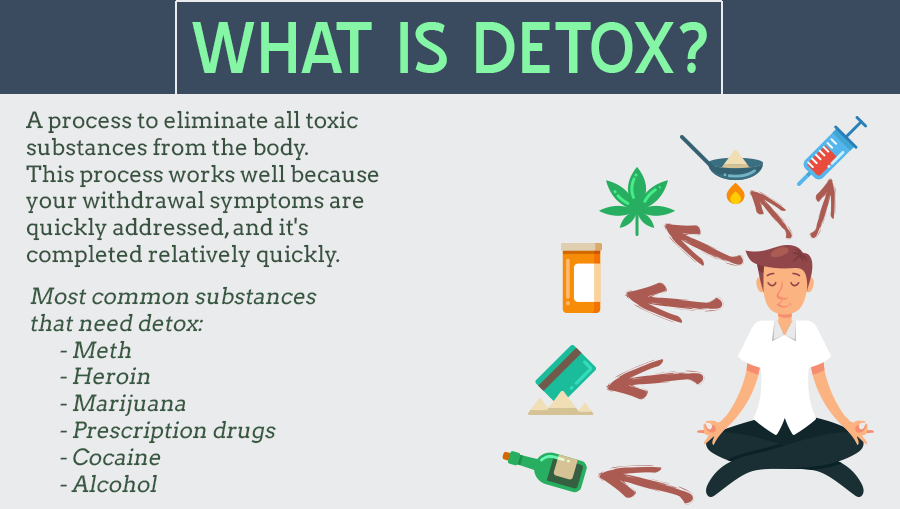







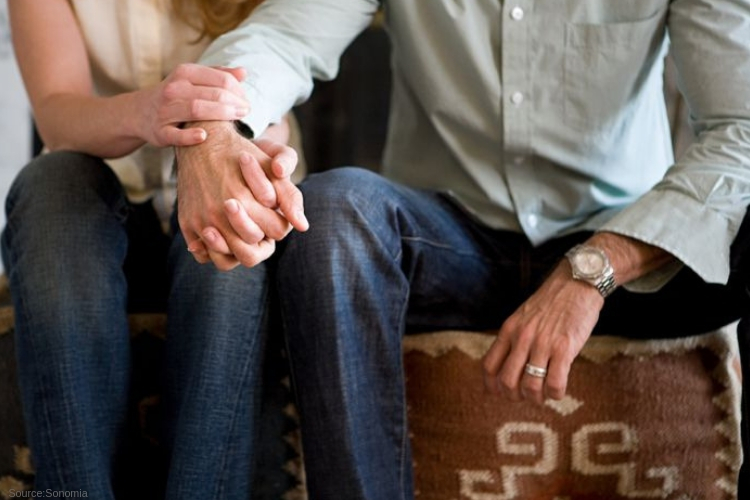

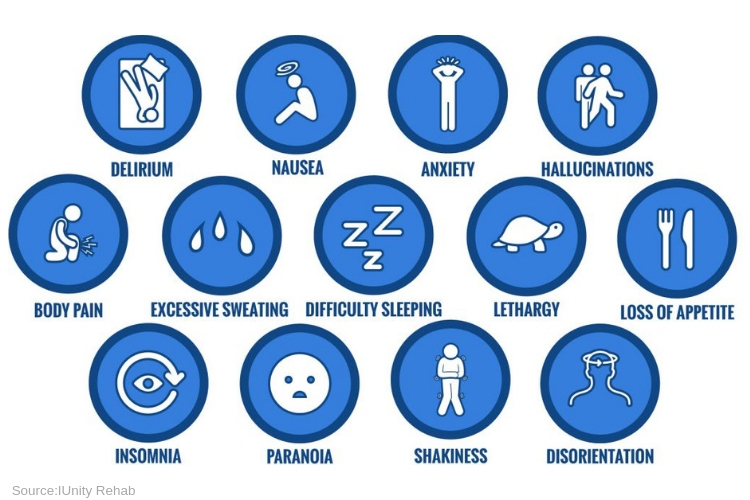






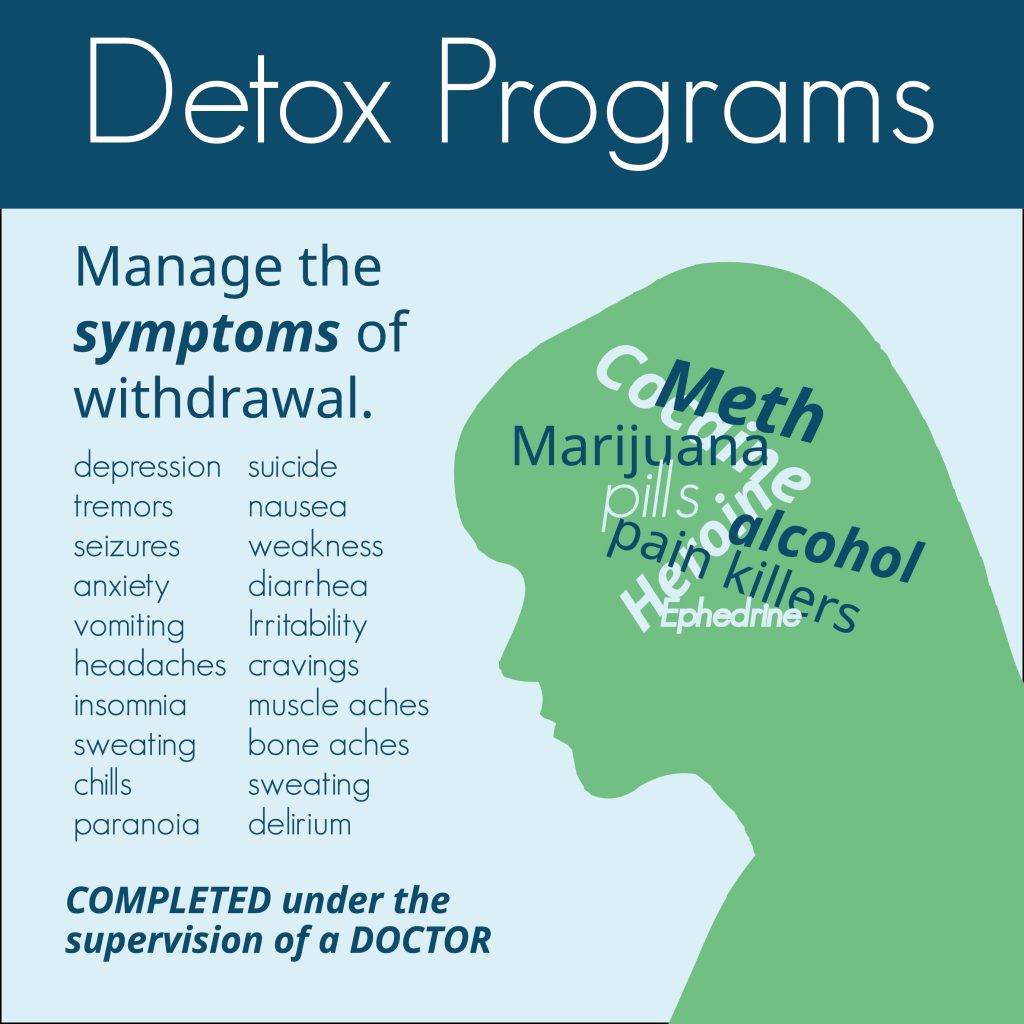
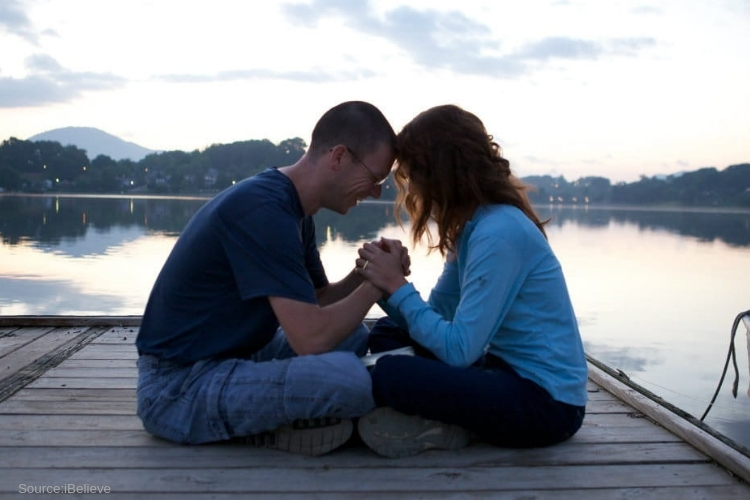


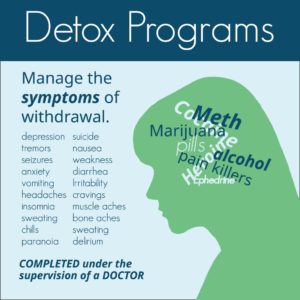 Source:drugrehab.org
Source:drugrehab.org
Recent Comments